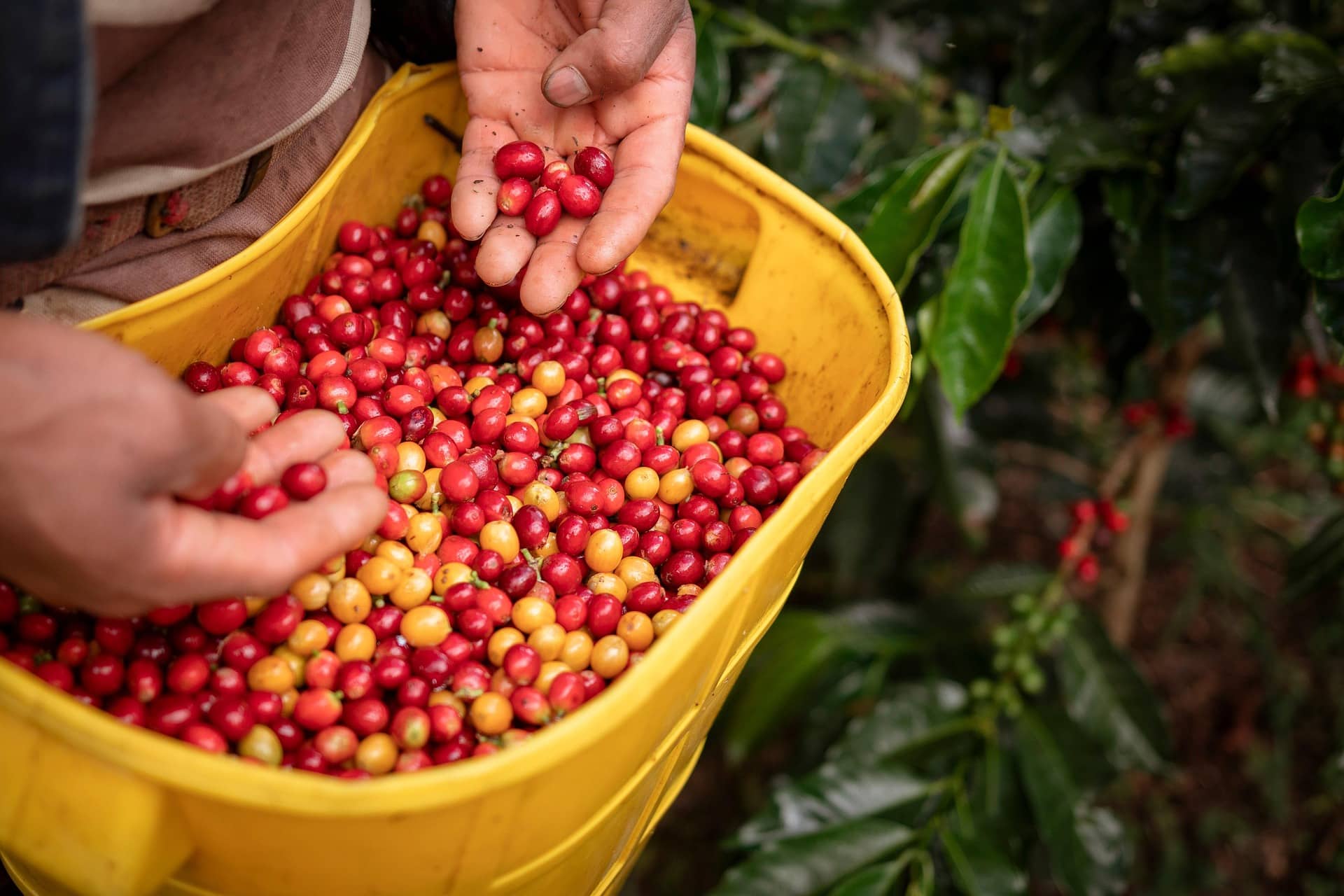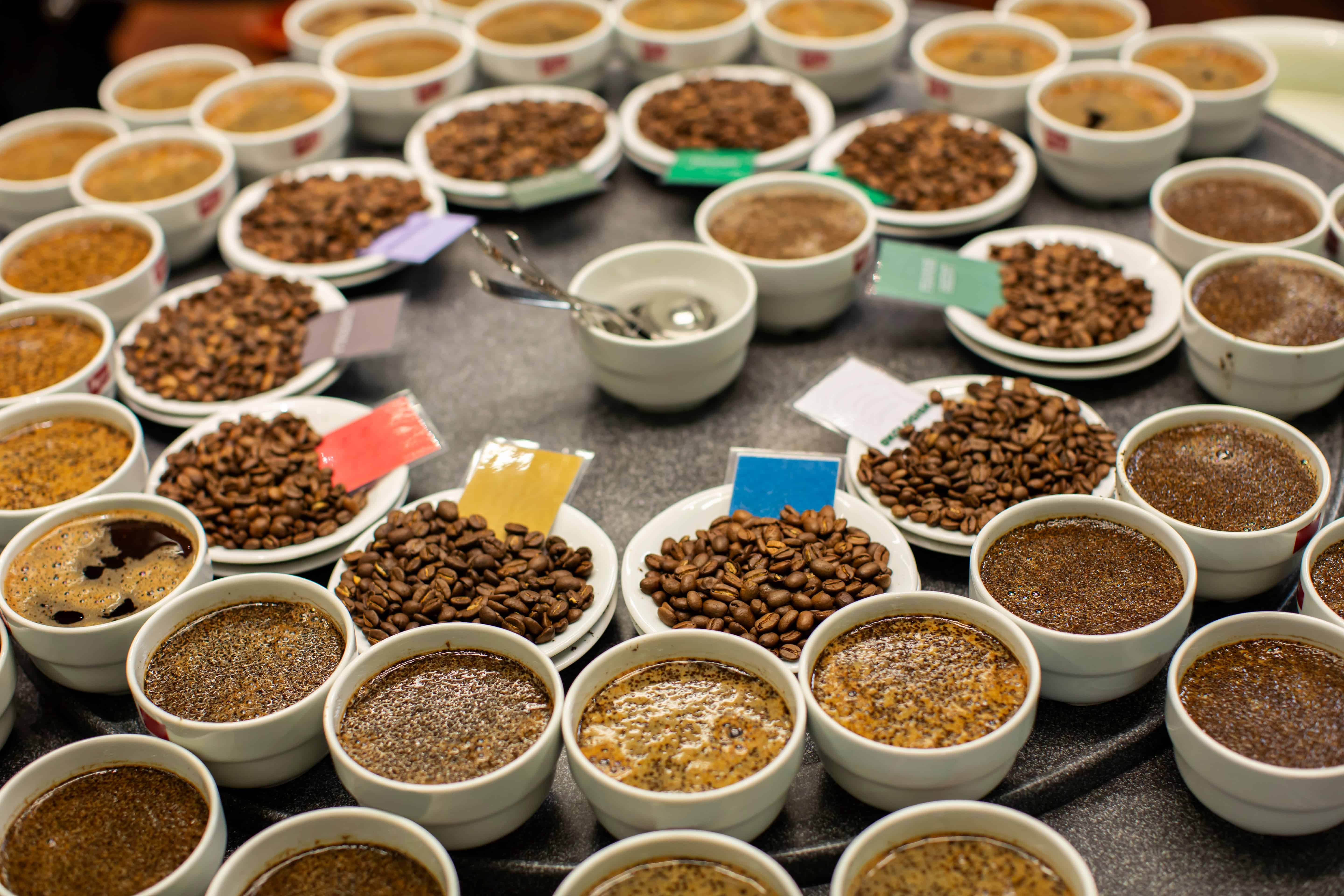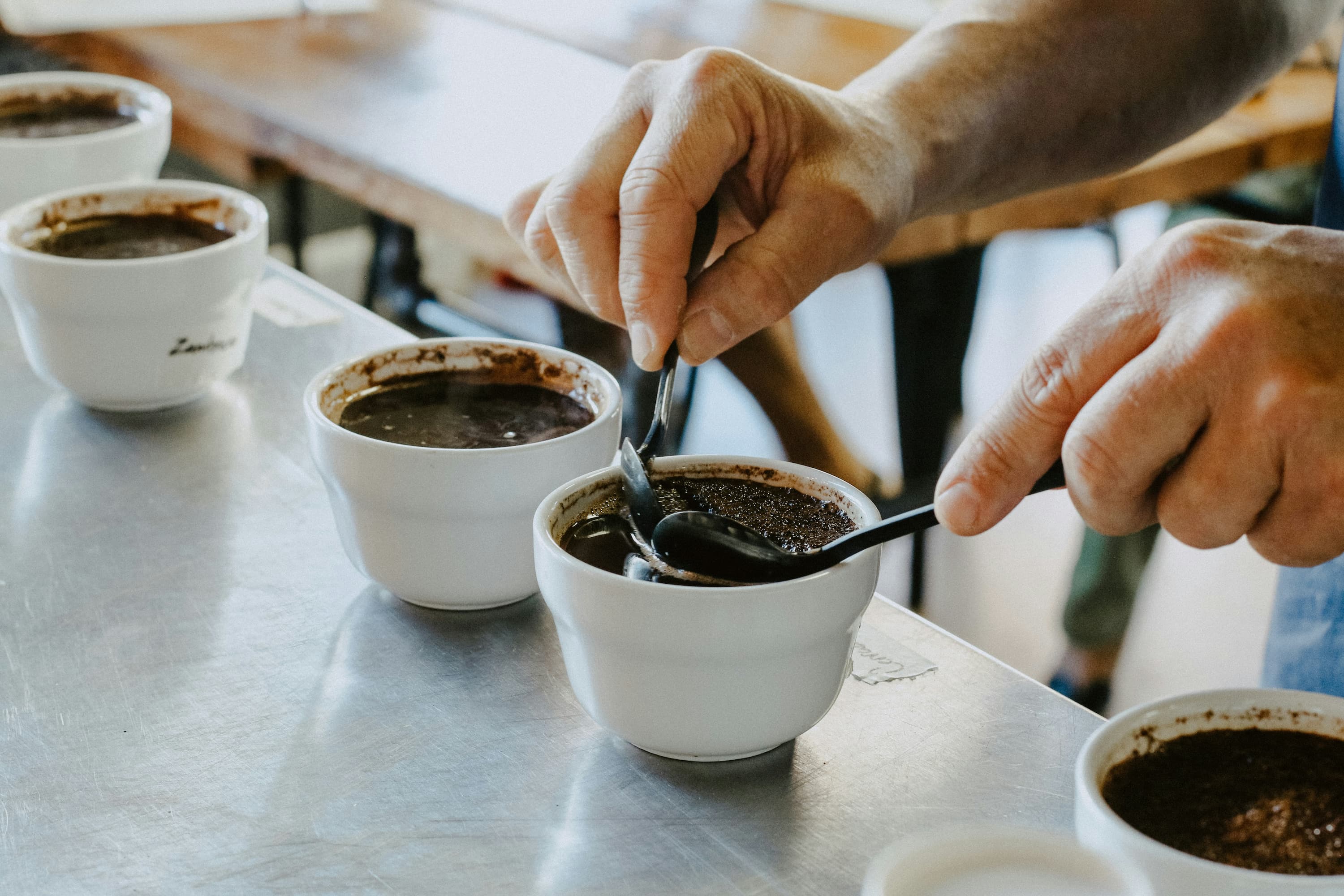
Coffee Certification Challenges
Once thought to be a straightforward incentive for producers and roasters, coffee certification challenges have become increasingly complex …

Coffee cupping notes reflect a mind-boggling number of factors and inputs that made that coffee what it is. The sheer number of combinations between country of origin and primary tasting note are seemingly endless.
We can visualize strong relationships between these two variables, such as that beans from Ethiopia tend to have fruity or bright tasting notes. At the same time, one person’s cupping notes are just that – one person’s opinion, no matter how informed it might be.
Len Brault, in his Coffee Roaster’s Handbook, captures the utter uniqueness of how individuals taste almost anything: between the various anatomical differences two people have in their physical palate, tongue, tasting buds and more, and the complex chemistry of coffee, with oils, fats, proteins, sugars, acids, minerals, to name a few, it seems like a miracle that two people can taste even remotely similar notes in the same coffee.
Even if the same coffee is described as “nutty”, as an example, by multiple people as its primary tasting note, the second tasting note won’t have the same consistency. In one of our data visualizations, we showed that for 1,165 single origin coffees, there is very little agreement on the category of that second tasting note, even if that coffee was widely described using the same primary tasting note.
In another visualization, we looked at the first three tasting notes a coffee had in its description, and color coded each three-note combination. You can see from just a quick look how rare it is to have two coffees described with the same three tasting notes.
Tasting notes typically come from experts, either the roaster or someone from the third-party retailer. And yet, even if we’re talking about the same exact coffee from the same roaster, two experts will describe it differently. A Peruvian coffee we examined had tasting notes of persimmon and toffee according to the roaster, and juicy berries and plum according to the retailer. A Nicaraguan coffee had notes of mulberry and maple according to the roaster, and cookie dough and hazelnut according to the retailer. These are just a few examples, but you get the point.
And the precision of these notes is both remarkable and extremely difficult for another person to reproduce. What are the chances that two people will both note something as specific as “Raspberry Jolly Rancher” in the same coffee, in a blind tasting test?
We don’t mean to say that tasting notes can’t provide general direction – they can and do, but mainly in the aggregate. For example, if 90% of light roast Ethiopian coffees out there prompt a “fruity” or “citrus” tasting note, it’s improbable you or I would taste wood or earthiness in our next cup of light roast Ethiopian – all other things being equal.
And to be sure, the question of taste isn’t one of being right or wrong, it’s about what you uniquely taste compared to what I uniquely taste. At a high level, the spectrum of tasting notes tells us generally about the clear relationships between origin, process, roast, and flavor, and it also tells us about innovation, and where roasters are extracting new flavor profiles out of the traditional origin/flavor relationships.

Once thought to be a straightforward incentive for producers and roasters, coffee certification challenges have become increasingly complex …

Each quarter in our benchmarking report, we analyze a broad sample of single origin coffees from hundreds of small roasters …

You read tasting notes because they promise an experience. Yet the language on coffee bags often feels repetitive …
